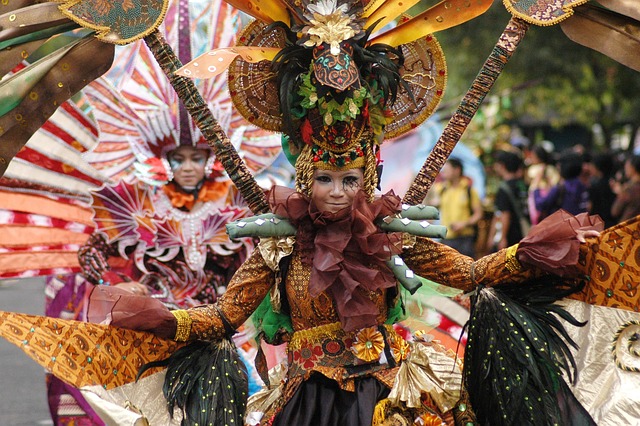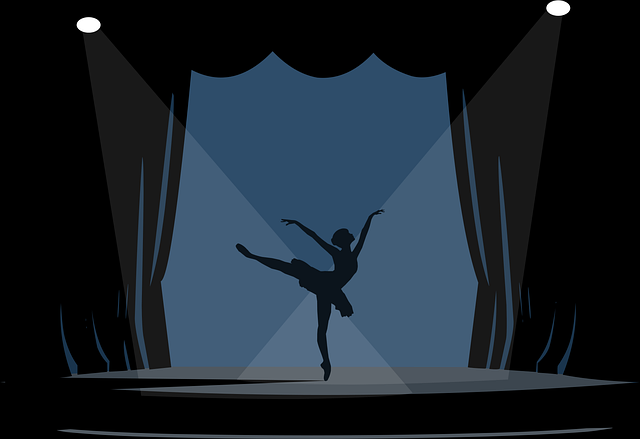Dance Critique: Exploring the Elegance and Innovation of Neoclassical Ballet Performances
Neoclassical ballet, a genre that seamlessly marries the grace of classical ballet with the boldness of contemporary movement, continues to captivate audiences with its unique blend of tradition and innovation. In this article, we delve into the world of neoclassical ballet performances, examining their intricate choreography, artistic expression, and the impact they have on the world of dance.
Harmonious Fusion of Classic and Contemporary
Neoclassical ballet stands as a testament to the harmonious fusion of classic ballet techniques and contemporary movement styles. Dancers seamlessly transition from the refined, structured movements reminiscent of traditional ballet to the expressive, fluid motions that define modern dance. This juxtaposition creates a captivating visual experience, offering audiences a chance to witness the evolution of an art form while cherishing its roots.
Intricate Choreography that Defies Conventions
At the heart of every neoclassical ballet performance lies the meticulously crafted choreography that pushes the boundaries of conventional dance. Choreographers in this genre have the freedom to experiment with asymmetrical patterns, unexpected pauses, and intricate partnering, challenging both the dancers and the audience's expectations. This artistic liberty results in performances that are not only technically impressive but also intellectually stimulating.
Emotional Resonance and Artistic Storytelling
Neoclassical ballet goes beyond physicality; it dives deep into emotional resonance and artistic storytelling. Dancers convey narratives through a powerful combination of movement, facial expressions, and body language. This genre allows for exploration of a wide range of themes, from abstract concepts to poignant human experiences. As a result, audiences are not only moved by the dancers' technical prowess but also by the raw emotion they convey.
Innovation in Music Selection
One distinguishing aspect of neoclassical ballet is its innovative approach to music selection. Choreographers often choose contemporary music or reinterpret classical compositions to align with the modern elements of their performances. This deliberate pairing of unexpected music with neoclassical choreography adds an extra layer of intrigue to the experience, enticing both seasoned ballet enthusiasts and newcomers alike.
A Visual Feast of Costumes and Set Design
The visual aesthetic of neoclassical ballet is a true feast for the eyes. Costumes and set designs range from minimalist and avant-garde to opulent and fantastical. This diversity allows productions to transport audiences to various worlds, enhancing the overall narrative and emotional impact of the performances. The visual elements work in harmony with the choreography, creating a multi-dimensional sensory experience.
Impact and Influence on Dance
The impact of neoclassical ballet extends far beyond the stage. Its unique fusion of styles has influenced the evolution of dance techniques and training methodologies. Dancers trained in neoclassical ballet possess a versatility that enables them to tackle a wide array of choreographic styles, making them sought-after performers in both classical and contemporary dance companies.
Audience Engagement and Appreciation
Neoclassical ballet performances have a remarkable ability to engage and captivate audiences from all walks of life. Seasoned ballet enthusiasts appreciate the genre's nod to tradition while relishing in its modern flair. At the same time, newcomers to the world of dance are drawn in by the accessibility and relatability of the performances. This dynamic appeal ensures that neoclassical ballet continues to attract diverse audiences, enriching the cultural tapestry of dance appreciation.
In conclusion, neoclassical ballet performances stand as a testament to the boundless creativity and innovation within the world of dance. Through a harmonious blend of classic and contemporary, intricate choreography, emotional storytelling, and captivating visuals, this genre pushes the boundaries of what is possible on the stage. As neoclassical ballet continues to evolve, it leaves an indelible mark on the dance landscape, inspiring both dancers and audiences to embrace the beauty of tradition while embracing the excitement of the new.






